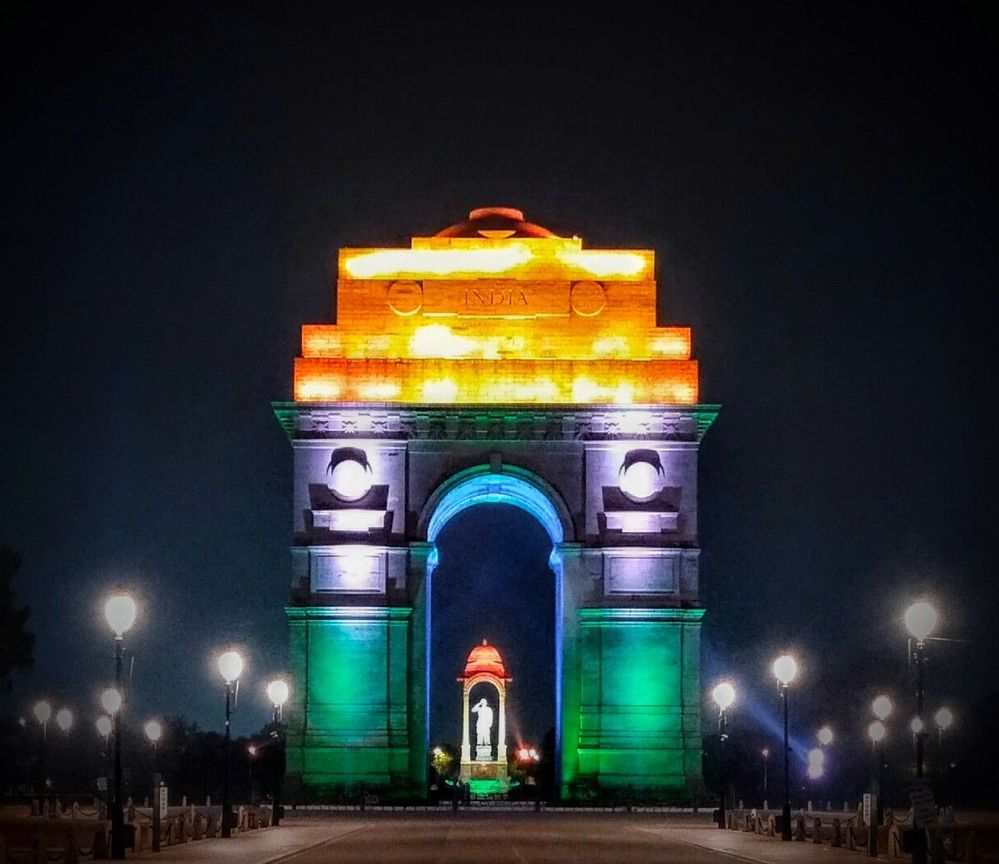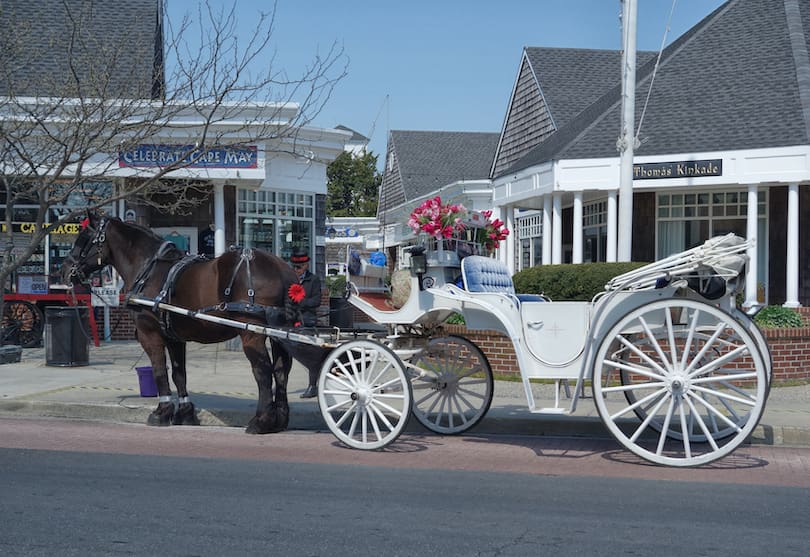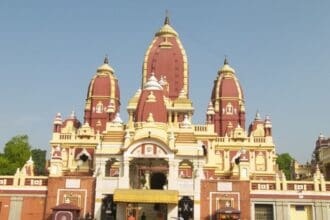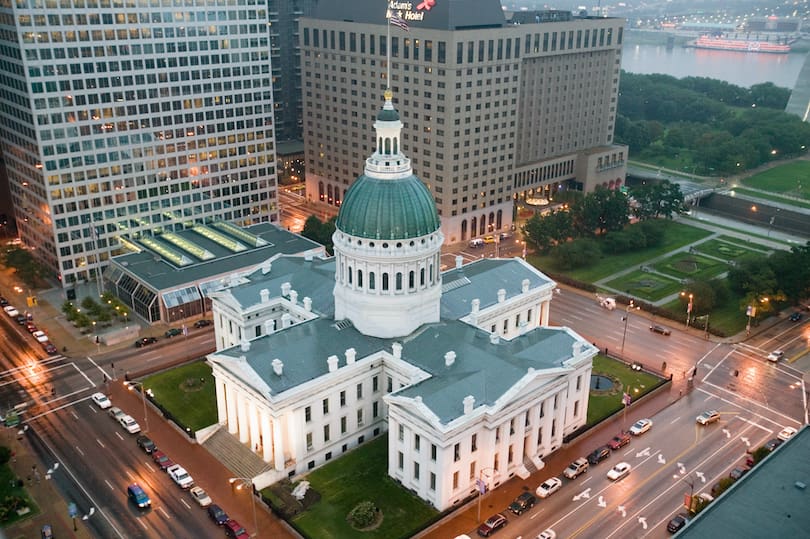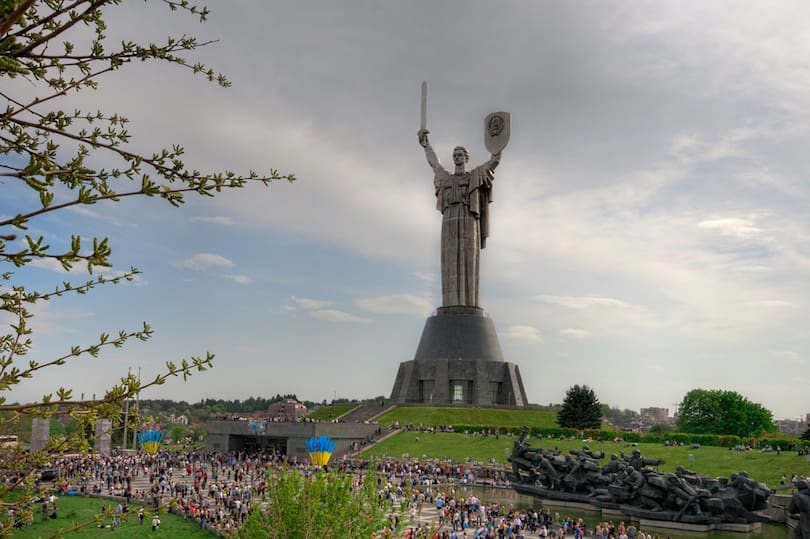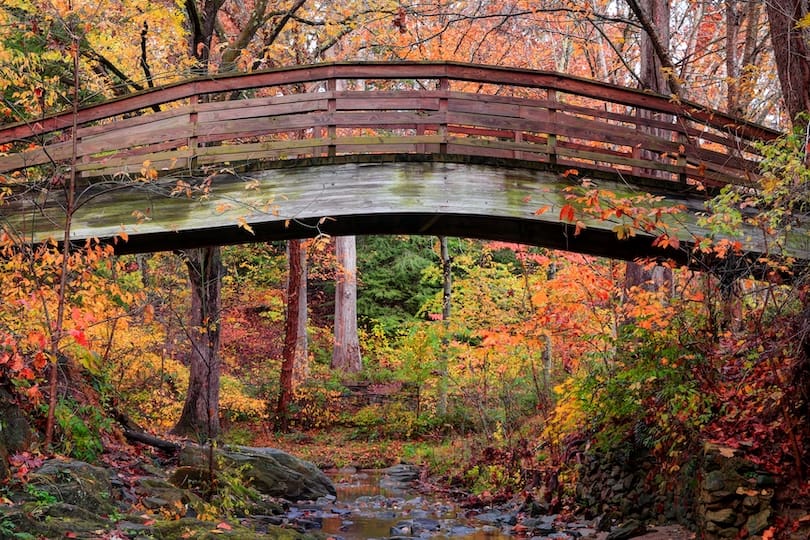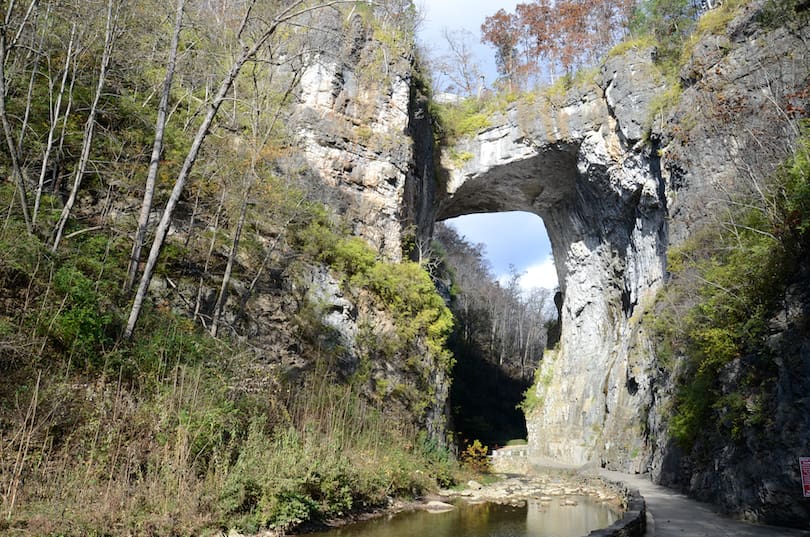India Gate stands as a majestic symbol of India’s rich history and cultural heritage. Located in the heart of New Delhi, this iconic structure has been a witness to the evolution of modern India, embodying the sacrifices made by countless soldiers during World War I and the Third Anglo-Afghan War. Designed by Sir Edwin Lutyens, the chief architect of New Delhi, India Gate is not merely an architectural marvel but also a timeless icon that resonates with patriotism, sacrifice, and unity.
The grandeur of India Gate is unparalleled, attracting millions of visitors annually who come to admire its imposing structure and pay homage to the brave souls whose names are inscribed on its walls. Beyond its historical significance, India Gate serves as a vibrant public space where families gather, tourists explore, and citizens reflect on the nation’s journey through time. This article delves into the intricate details of India Gate’s design, its historical importance, and its role in contemporary India, offering readers a comprehensive understanding of why it remains one of the most revered landmarks in the country.
Architectural Brilliance: The Design and Construction of India Gate
The Vision Behind the Structure
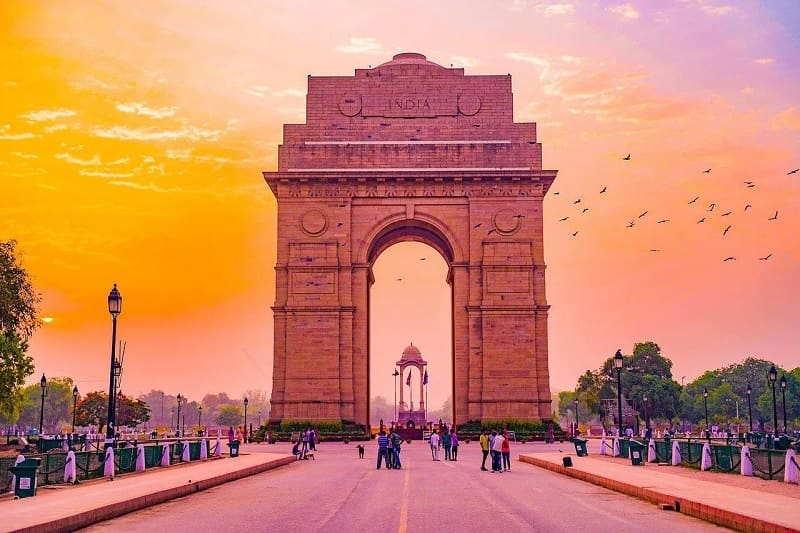
India Gate was conceptualized as part of the British colonial government’s plan to create a new imperial capital in Delhi. The monument’s design reflects a harmonious blend of classical architecture and Indian motifs, showcasing Lutyens’ ability to fuse European aesthetics with local traditions. Standing at a height of 42 meters, India Gate is constructed using red sandstone and granite, materials chosen for their durability and aesthetic appeal.
Intricate Details and Symbolism
Every aspect of India Gate is steeped in symbolism. The arch itself represents triumph and remembrance, while the inscriptions on its surface honor the bravery of over 70,000 Indian soldiers who lost their lives in various conflicts. At the top of the arch, the words “INDIA” are etched prominently, serving as a constant reminder of national pride. Surrounding the monument are lush green lawns and meticulously maintained pathways, creating an atmosphere of serenity and reverence.
The design of India Gate draws inspiration from the Arc de Triomphe in Paris, yet it incorporates unique elements that make it distinctly Indian. For instance, the use of red sandstone—a material commonly used in Mughal architecture—gives the monument a regal appearance. Additionally, the geometric patterns and carvings on the structure reflect traditional Indian craftsmanship, adding a layer of cultural authenticity to the otherwise classical design.
Construction Challenges and Achievements
The construction of India Gate began in 1921 and was completed in 1931, spanning a decade of meticulous planning and execution. Engineers faced numerous challenges, including sourcing high-quality materials and ensuring structural stability. Despite these obstacles, the project was completed within budget and ahead of schedule, a testament to the dedication and skill of the workforce involved.
One of the most significant challenges was the sheer scale of the project. The foundation had to be dug deep into the ground to support the massive weight of the structure. Skilled laborers worked tirelessly under challenging conditions, often in extreme heat, to ensure that every stone was placed with precision. The result was a flawless structure that has stood the test of time, becoming a symbol of resilience and endurance.
“India Gate is not just a monument; it is a living tribute to the courage and resilience of those who fought for our freedom.”
Historical Significance: A Testament to Sacrifice
World War I and Its Aftermath
India Gate was originally built as the All India War Memorial to commemorate the soldiers of the British Indian Army who died in World War I (1914–1918) and the Third Anglo-Afghan War (1919). During this period, India contributed significantly to the Allied war effort, sending troops, resources, and supplies to various fronts across Europe, Africa, and Asia. The names of these soldiers, along with their ranks and regiments, are immortalized on the walls of India Gate, making it a poignant reminder of their sacrifices.
The First World War saw over a million Indian soldiers fighting in foreign lands, far away from their homes and families. These men were deployed in some of the most brutal and unforgiving terrains, from the trenches of France to the deserts of Mesopotamia. Many never returned, leaving behind grieving families and communities. India Gate serves as a permanent memorial to these unsung heroes, ensuring that their contributions to global peace and security are never forgotten.
Post-Independence Role
After India gained independence in 1947, the significance of India Gate evolved. It became a symbol of national unity and pride, hosting events such as Republic Day parades and other patriotic celebrations. In 1971, following the Bangladesh Liberation War, the Amar Jawan Jyoti (Eternal Flame of the Soldier) was installed beneath the arch. This flame burns continuously, honoring the unknown soldier and all those who have laid down their lives in defense of the nation.
The installation of the Amar Jawan Jyoti marked a turning point in the monument’s history. It transformed India Gate from a colonial-era memorial into a symbol of independent India’s commitment to safeguarding its sovereignty and protecting its people. The eternal flame serves as a powerful reminder of the sacrifices made by soldiers in modern conflicts, including the Indo-Pak Wars of 1947, 1965, and 1971.
A Place of Reflection
For many Indians, visiting India Gate is a deeply emotional experience. Families often bring flowers and wreaths to lay at the base of the monument, expressing gratitude to the fallen heroes. Schools organize trips to educate students about the sacrifices made by previous generations, instilling in them a sense of responsibility toward preserving peace and harmony.
During important national holidays like Martyrs’ Day (January 30), special ceremonies are held at India Gate to pay respects to the brave souls who gave their lives for the country. The solemnity of these occasions underscores the enduring relevance of India Gate as a site of collective memory and reflection.
Cultural Importance: India Gate as a Public Space
A Hub for Social Gatherings
Beyond its historical and architectural significance, India Gate has become a beloved gathering spot for locals and tourists alike. The sprawling lawns surrounding the monument provide ample space for picnics, evening strolls, and recreational activities. Food vendors line the pathways, offering traditional snacks like chaat, kulfi, and jalebi, adding to the lively ambiance.
On weekends and holidays, the area around India Gate transforms into a bustling hub of activity. Families spread out blankets on the grass, children play frisbee or fly kites, and couples stroll hand-in-hand beneath the shade of towering trees. The presence of street performers, musicians, and artists further enhances the festive atmosphere, making it a perfect destination for leisure and relaxation.
Festive Celebrations
During national holidays such as Independence Day and Republic Day, India Gate transforms into a hub of festivities. The area is illuminated with colorful lights, and cultural programs are organized to celebrate India’s diversity and achievements. Fireworks displays light up the night sky, drawing crowds from all corners of the city.
The annual Republic Day parade, which begins at Rashtrapati Bhavan and culminates at India Gate, is one of the most anticipated events of the year. Thousands of spectators line the streets to watch the grand procession, featuring military contingents, cultural floats, and breathtaking aerial displays. The culmination of the parade at India Gate reinforces its status as a focal point of national pride and unity.
Photography and Artistic Inspiration
Photographers and artists frequently visit India Gate to capture its beauty and incorporate it into their work. The play of light and shadow on the monument’s surface creates stunning visual effects, especially during sunrise and sunset. Many painters set up easels nearby, sketching or painting scenes inspired by the grandeur of the site.
The symmetry and proportions of India Gate make it an ideal subject for architectural photography. Professional photographers often experiment with different angles and perspectives to highlight the monument’s intricate details. Meanwhile, amateur shutterbugs enjoy capturing candid moments of joy and camaraderie among visitors, creating a rich tapestry of human experiences against the backdrop of this historic landmark.
India Gate in Modern Times: A Symbol of Resilience
Urban Development Around India Gate
As New Delhi continues to grow and modernize, India Gate remains a focal point of urban development. The Central Vista Redevelopment Project aims to enhance the infrastructure around the monument, ensuring that it remains accessible and well-maintained for future generations. Improved lighting, pedestrian pathways, and landscaping efforts have already begun to transform the area into a more inviting and sustainable environment.
The redevelopment project includes the construction of underground parking facilities to reduce congestion and improve traffic flow. Additionally, new amenities such as restrooms, drinking water stations, and information kiosks are being added to enhance visitor comfort and convenience. These upgrades reflect the government’s commitment to preserving India Gate as a premier tourist destination while addressing the needs of a growing urban population.
Environmental Initiatives
Recognizing the importance of preserving green spaces in urban areas, authorities have implemented several environmental initiatives near India Gate. Tree plantation drives, waste management systems, and water conservation projects aim to reduce the ecological footprint of the region while enhancing its natural beauty.
Efforts are underway to introduce eco-friendly practices such as solar-powered lighting and rainwater harvesting. These measures not only contribute to sustainability but also set an example for other cities to follow. By integrating technology and innovation into its maintenance strategies, India Gate continues to serve as a model for responsible urban planning.
Digital Engagement
In today’s digital age, India Gate has embraced technology to engage with a global audience. Virtual tours, augmented reality experiences, and social media campaigns allow people worldwide to explore the monument remotely. These innovations not only promote tourism but also foster a deeper appreciation for India’s cultural heritage.
Through virtual platforms, users can take guided tours of India Gate, learning about its history, architecture, and significance without leaving their homes. Augmented reality apps enable visitors to visualize how the monument looked during different periods of history, providing a dynamic and interactive experience. Social media channels dedicated to India Gate share captivating stories, photographs, and videos, keeping audiences engaged and informed.
Exploring Nearby Attractions: A Comprehensive Guide
Rashtrapati Bhavan
Just a short distance from India Gate lies Rashtrapati Bhavan, the official residence of the President of India. Designed by Sir Edwin Lutyens, this sprawling estate features opulent interiors, expansive gardens, and breathtaking views of the surrounding landscape. Guided tours are available for visitors interested in learning more about the history and architecture of this iconic building.
The Mughal Gardens, located within the premises of Rashtrapati Bhavan, are a major draw for tourists. Spread across 15 acres, these gardens boast a stunning array of flowers, fountains, and manicured lawns. Visitors can explore themed sections such as the Rose Garden, Herbal Garden, and Musical Fountain, each offering a unique sensory experience.
National Museum
For history enthusiasts, the National Museum offers a treasure trove of artifacts spanning thousands of years of Indian civilization. Exhibits include ancient sculptures, paintings, textiles, and archaeological finds, providing insights into the country’s diverse cultural heritage.
Highlights of the museum include the Harappan Gallery, which showcases relics from the Indus Valley Civilization, and the Buddhist Art Gallery, featuring exquisite statues and manuscripts. Interactive displays and multimedia presentations make the exhibits engaging and educational for visitors of all ages.
Lotus Temple
Another must-visit destination near India Gate is the Lotus Temple, a Bahá’í House of Worship renowned for its unique lotus-shaped design. Open to people of all faiths, the temple promotes universal peace and unity, attracting millions of visitors annually.
The serene ambiance of the Lotus Temple makes it an ideal place for meditation and introspection. Surrounded by tranquil ponds and lush greenery, the temple provides a peaceful retreat from the hustle and bustle of city life. Visitors are encouraged to observe silence and reflect on the principles of harmony and coexistence espoused by the Bahá’í Faith.
FAQs About India Gate
- What is the best time to visit India Gate?
Early mornings or late evenings are ideal for avoiding crowds and enjoying pleasant weather. - Is there an entry fee to visit India Gate?
No, entry to India Gate is free for all visitors. - Can I take photographs at India Gate?
Yes, photography is allowed, and the monument provides excellent opportunities for capturing memorable shots. - How far is India Gate from Connaught Place?
India Gate is approximately 5 kilometers away from Connaught Place, easily accessible by car or metro. - Are food stalls available near India Gate?
Yes, numerous food vendors offer a variety of snacks and beverages. - What events are held at India Gate?
Major events include Republic Day parades, Independence Day celebrations, and cultural festivals. - Who designed India Gate?
Sir Edwin Lutyens, the chief architect of New Delhi, designed India Gate. - What does the Amar Jawan Jyoti represent?
The Eternal Flame honors the unknown soldier and all those who sacrificed their lives for the nation. - Can I book guided tours of India Gate?
While formal guided tours are limited, audio guides and mobile apps provide informative commentary. - Is India Gate wheelchair accessible?
Yes, ramps and pathways ensure easy access for individuals with mobility challenges.

